Rafael IRON DOME Air Defence System
The iron dome is a multi-mission, Rafael IRON DOME Air Defence System, truck-tote mobile air defense system built by Rafael advanced defense systems and Israel aerospace industries defense system. It can operate in all weather conditions, including. ( Rafael: IRON DOME Air Defence System )
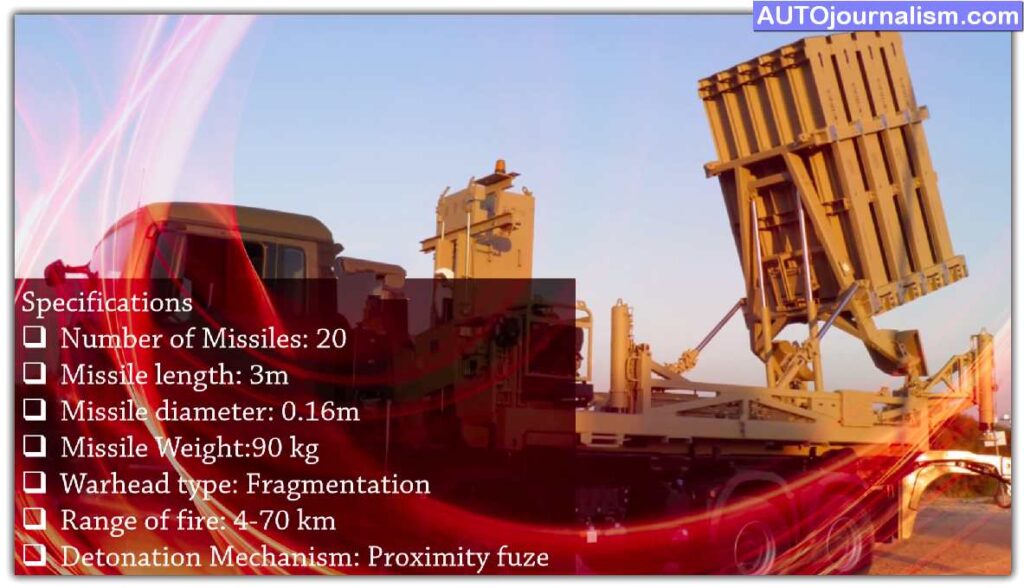
- Fog
- Dust storm
- Low clouds
- And rain
The system is designed to intercept and destroy short-range rockets and artillery shells fired from distances of 4 to 70 kilometers and aimed at populated areas in Israel. Israel’s defense ministry chose the iron dome to defend and protect Israel’s civilian population on its northern and southern boundaries from air-breathing threats. Iron dome monitors and intercepts cruise missiles and ( UAV ) unmanned aerial vehicles, among other threats.
Each Battery Cost
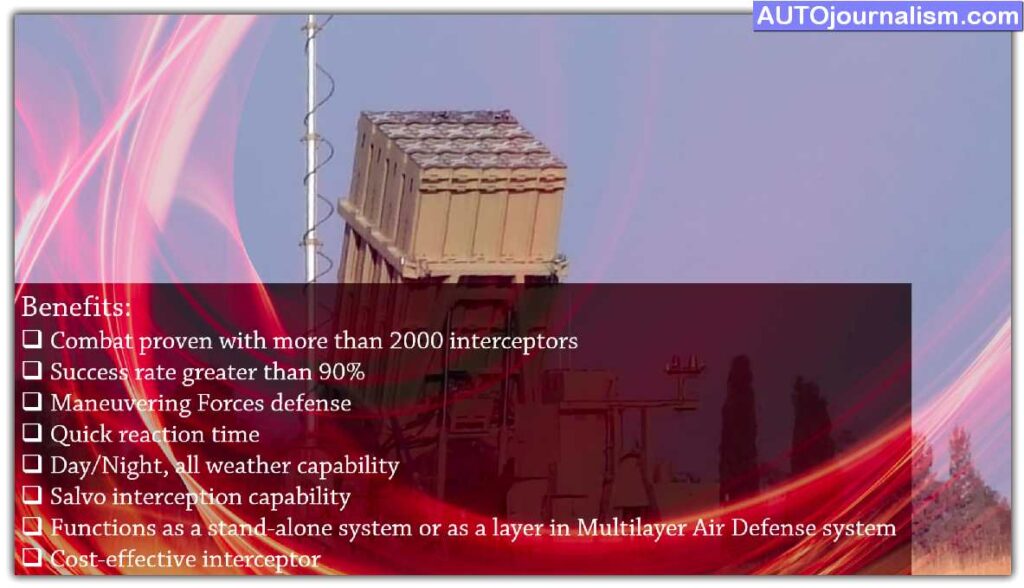
( Here Battery Means – A Unit ) The cost of the iron dome is high. A single intercepted Tamir missile costs about $80,000, while a rocket costs less than a thousand dollars. Despite the high cost, it is a small price to pay for a country to protect itself, boost citizen morale, and avoid being cowed down by foreign forces trying to harm it. So why did Israel build this badass air defense system? Let me take you back in time.
History

During the second Lebanon war in 2006, Hezbollah fired missiles and nearly 4,000 rockets at Haifa and other northern Israeli towns, the majority of which were short-range cat shall rockets. Approximately 44 Israeli civilians were killed, and approximately 2,50,000 people were evacuated and relocated as a result of the attack. Between 2000 and 2008, Gaza fired more than 4,000 mortars and custom rockets into southern Israel. Since the addition of 122-millimeter grad launchers to the Qasim’s arsenal brought nearly 1 million southern Israelis into range, the Israeli defense ministry decided in February 2007 to develop a mobile air defense system in response to rocket attacks.
Successfully Intercepted
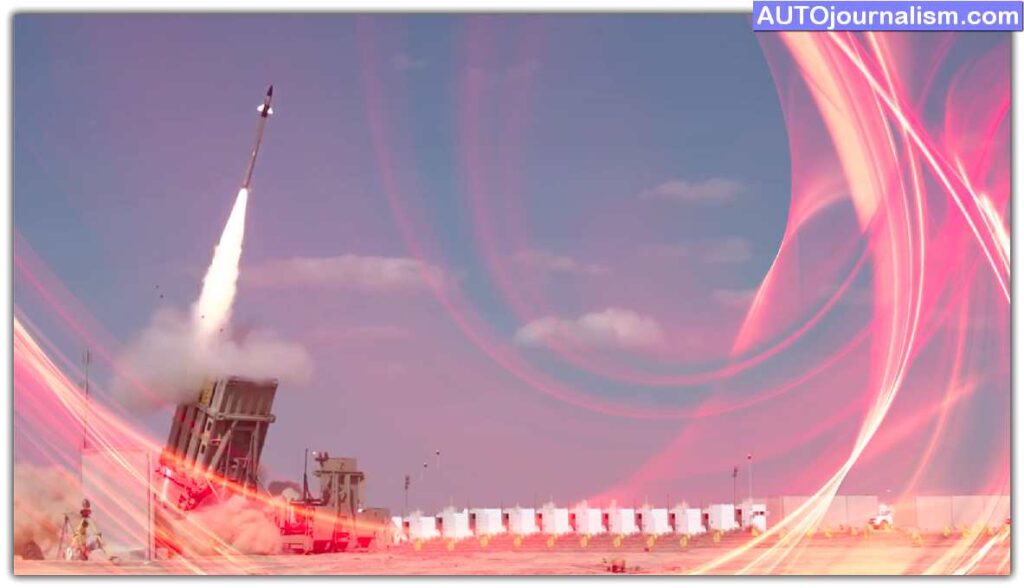
The missile defense device was successfully tested in March 2009 without physically intercepting a missile or rocket during the tests. In July 2009, the computer successfully intercepted a number of rockets during a defense ministry test, which led to the construction of the iron dome.
In a test conducted in January 2010, several rocket bombardments matching Councilms and katyusha were successfully intercepted. In July 2010, the iron dome underwent its final testing. The device only detected and intercepted incoming missile threats.
How does the iron dome work?

The iron dome is made up of three main + Other components:
- A detection
- Tracking radar,
- A war management
- An arms control system,
- A missile-firing unit.
It also has electro-optic sensors and several steering fins for increased maneuverability. It has a quick response time and can intercept salvos. It can also respond to evolving threats and handle several threads at the same time.
- Other features of the iron dome include
- A vertical launch interceptor warhead
- Proximity fuse handheld launcher
- Compatibility with various radars
Detection Systems
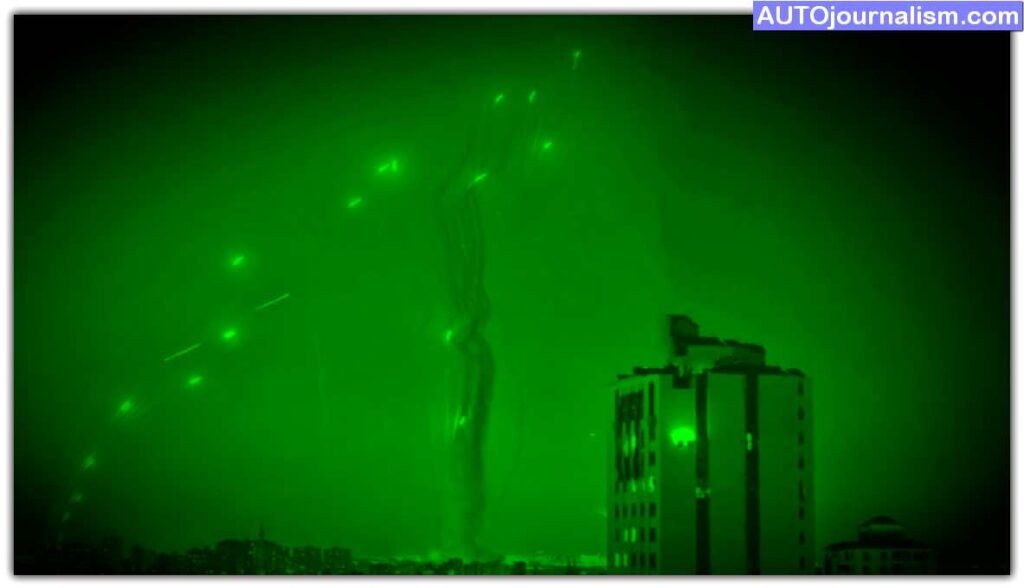
- The system’s special warhead allows it to detonate any target in the air
- Iron dome radar tracks the rocket’s cores after detecting and marking
- The system’s bmc analyzes the threat’s path and calculates an expected point of impact based on the radar data
- After detecting the threat the system starts firing its interceptor to block and detonate the rocket
another factor that is: considered is if the incoming rocket has the potential risk of hitting populated areas or vital infrastructure of israel
On 27 March 2011 iron dome was declared operational and deployed near Beersheba.
How successful is the iron dome?

On April 7, 2011, the unit successfully intercepted a bm-21 grant launched from Gaza for the first time. On March 10, 2012, the Jerusalem Post reported that the system had shot down 90 rockets fired from Gaza that would have landed in populated areas. Official statements said that by November 2012, it had intercepted over 400 rockets. By the end of October 2014, the iron dome devices had intercepted over 1,200 missiles.
90% of rockets Destroyed by Iron Dome – What About 10%

More than 2,000 incoming targets have been intercepted by the device so far. More than 1,000 rockets had been launched from gazettes since the start of the Israel Gaza war, according to Israeli officials and defense firms, and the iron dome had a success rate of over 90% on May 11, 2021. The Israeli military said that 90% of the rockets that entered Israeli airspace were destroyed by the iron dome.
What are the problems faced by the iron dome?

- Despite the fact that the iron dome has been in place for a decade, Palestinian groups continue to fire rockets into Israel during times of tension, despite the fact that even at the highest estimates of the iron dome’s success rate, some can get through to occupy.
- Some rockets, such as those that hit Tel Aviv on May 11th, about 65 kilometers from Gaza’s border, have a much longer range. According to the Israeli military, a Palestinian rocket that hit a house near Tel Aviv in 2019 had a range of 120 kilometers.
- Israel had already seen rockets fired at Jerusalem on Monday, one of which destroyed a home in a southwestern suburb, and officials were taken aback by the number of long-range rockets that had reached television.
- Since the iron dome has become less effective at ranges less than four kilometers, short-range rockets have become a threat, according to Michael Herzog, a former brigadier general in the Israel Defense Forces and now a fellow at the Washington Institute.
Future of the Iron Dome?
In addition to their land-based deployment of iron dome batteries in the multi-tiered available defense system that Israel is developing, which includes aero 2 aero 3 iron beam Barr, Israel wants to increase the range of iron domes from the current limit of 70 kilometers to 250 kilometers and make it more flexible so that it can intercept rockets from two directions at the same time.
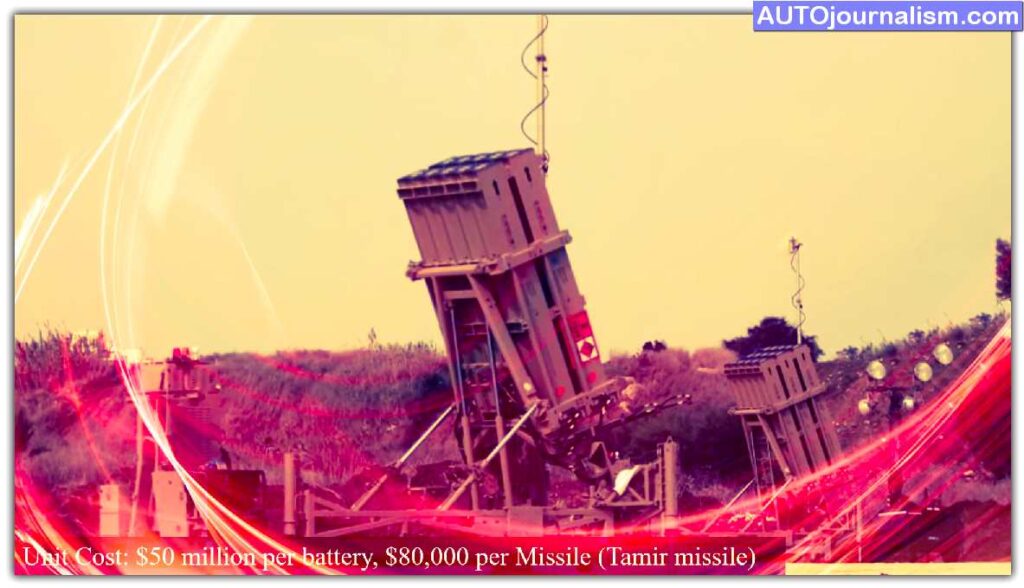
As previously stated, the iron dome systems could be financially and physically overwhelmed by hundreds of incoming salvos. As a supplement to the iron dome, hands-directed energy arms are being studied and are priced for less expensive defensive capabilities offered both in terms of system cost and in terms of the system cost. At the 2014 Singapore air show, the file unveiled its iron beam laser air defense system. The iron beam is a guided energy device that uses a high-energy laser to kill rockets mortars and other airborne threats, complementing the iron dome system.
Laser Weapon System
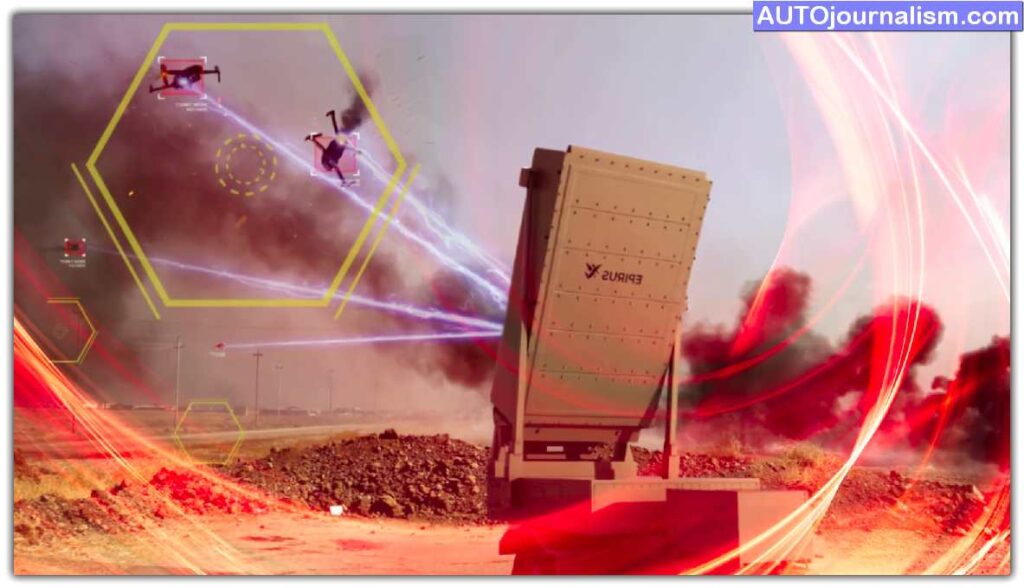
Former Israeli air force chief and Boeing Israel CEO David ivory expressed interest in the American laser weapon system in December 2014. Earlier that month, the US Navy announced that the laser weapon system had been installed on the USS Pawns and had locked onto and destroyed identified targets with near-instantaneous lethality, with each laser shot costing less than a dollar.

If you Like This Post Share This with Your Friends, Thanks For Reading. (BBC )



